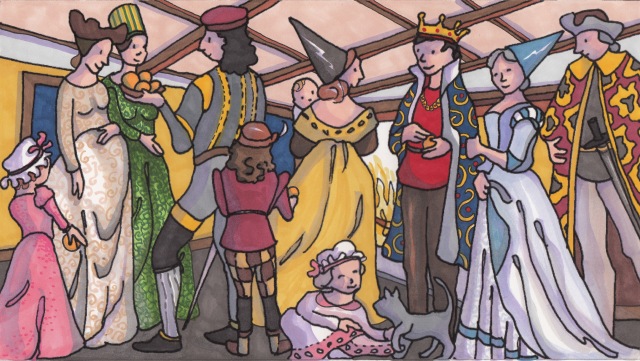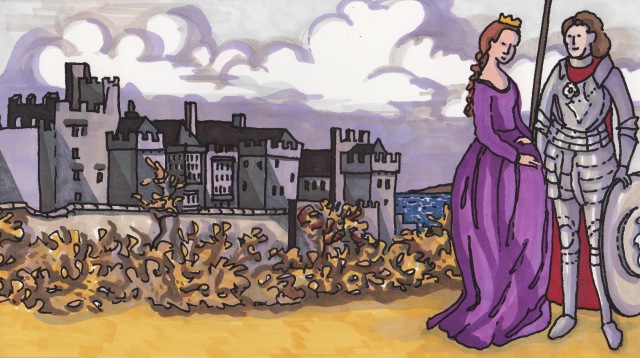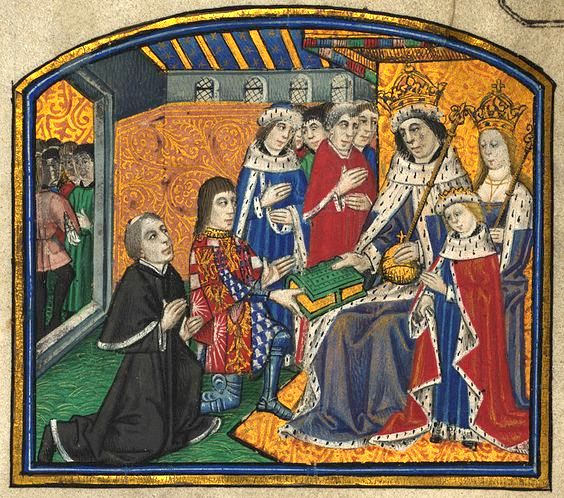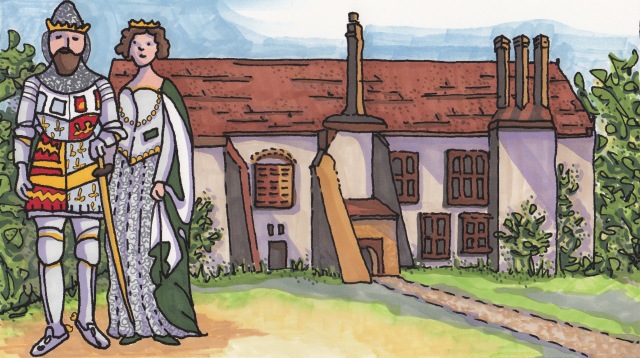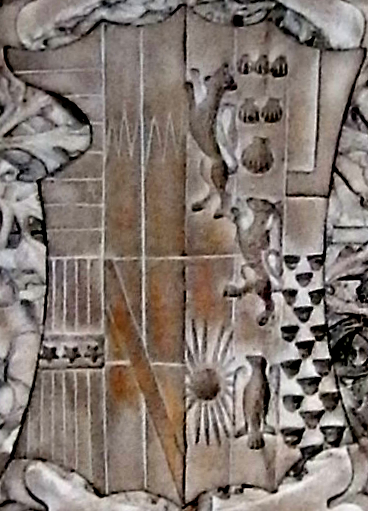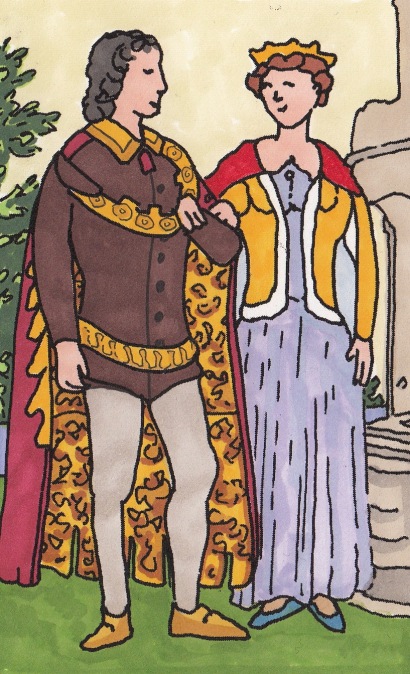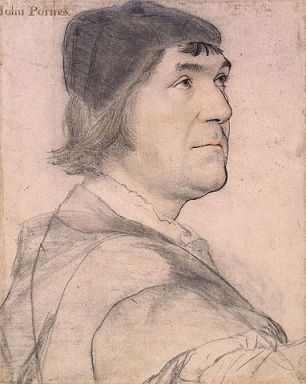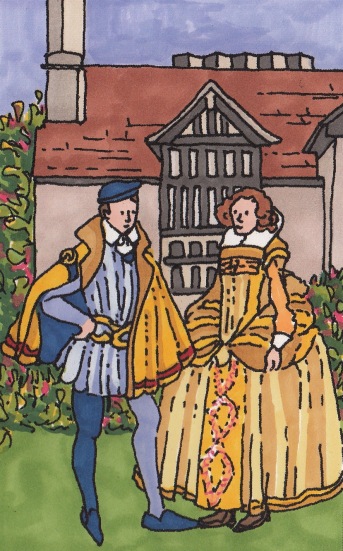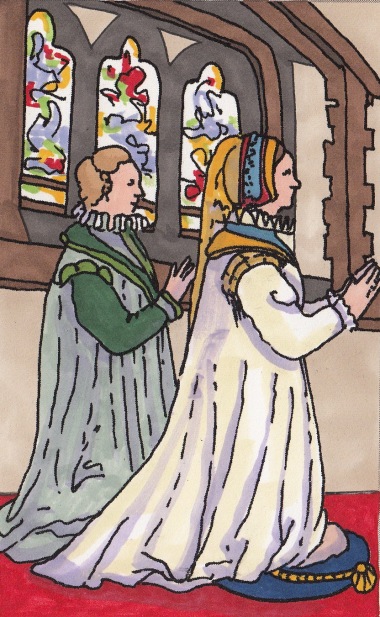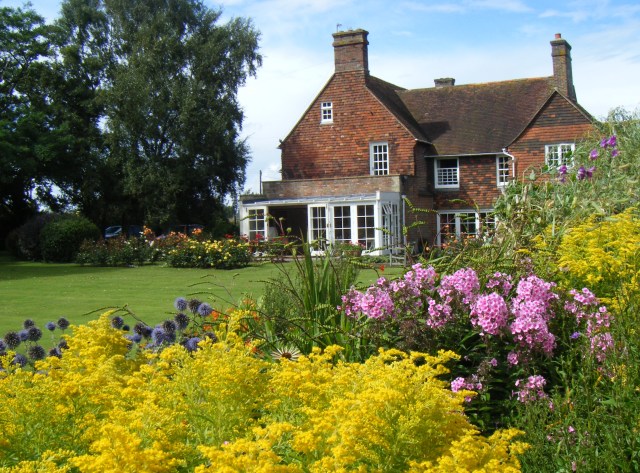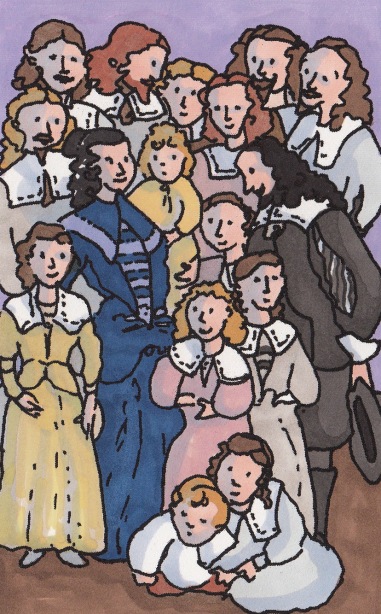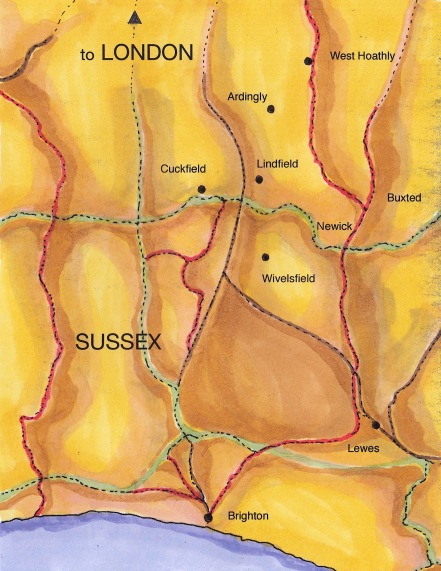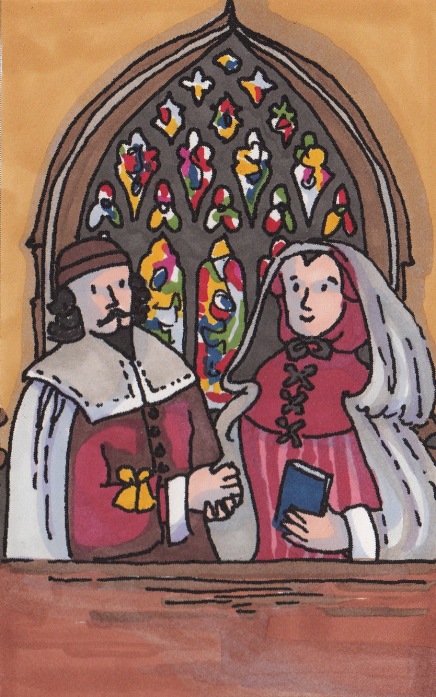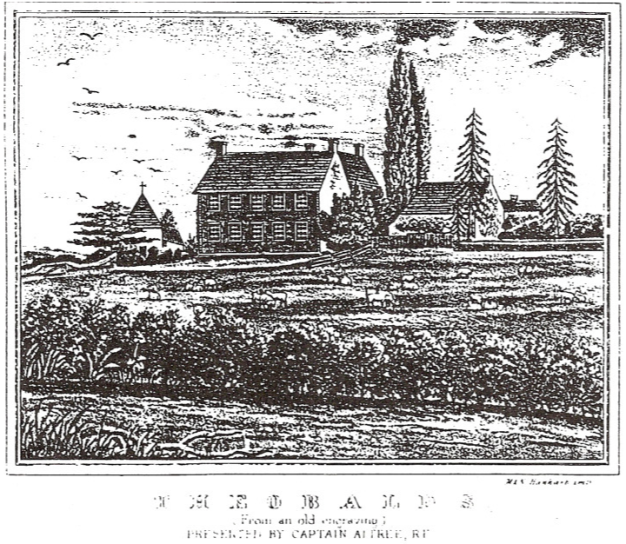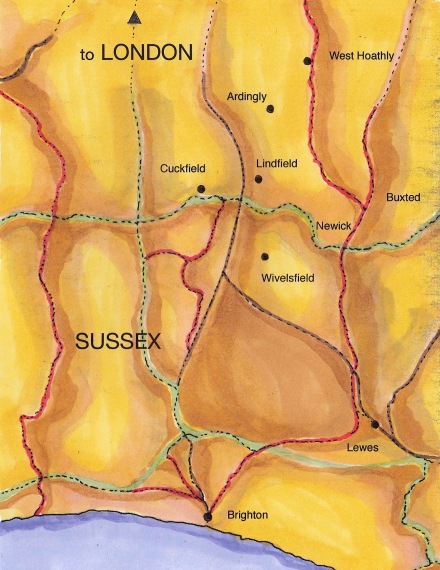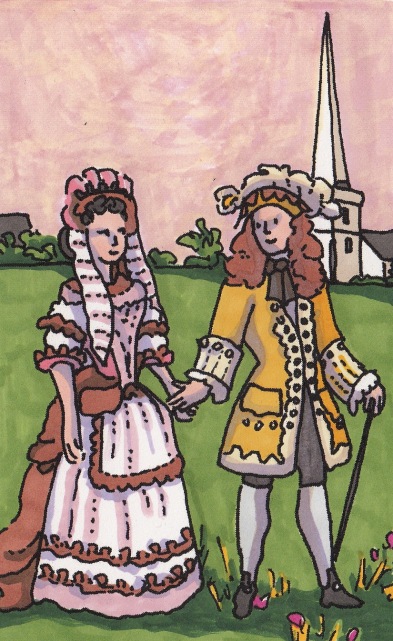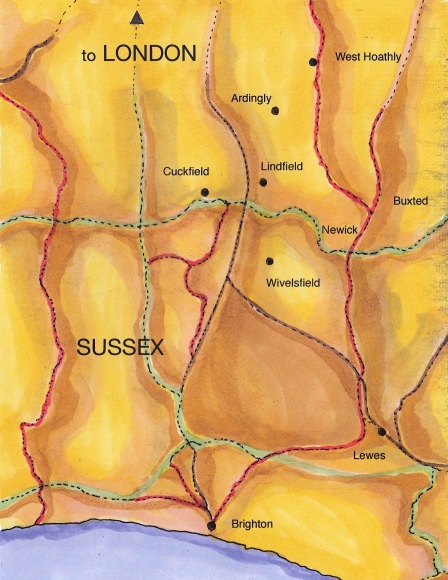This Canada Day is extra-happy for me, because it marks the beginning of my new series of smallbooks. Check this out!
I’m so excited about these little books. Each one is smaller than a cellphone. I draw and colour the artwork using watercolours and/or alcohol-based markers, scan it and add text on the computer, print off the pages and assemble the books by hand at my kitchen table.
With inspiration and encouragement from gallery owner David Dossett, these smallbooks are now available at Martello Alley, in Kingston, Ontario. Drop by and check them out. Yep, the gallery is even open on Canada Day!
On my Everdello blog, I wrote about Martello Alley, my stint there as guest artist in June 2019, and my new Everdello Colouring Book. Now I’m busy and happy with this new project. There are two “smallbooks” in the series so far, with more to come–so please stay tuned. And Happy Canada Day!



